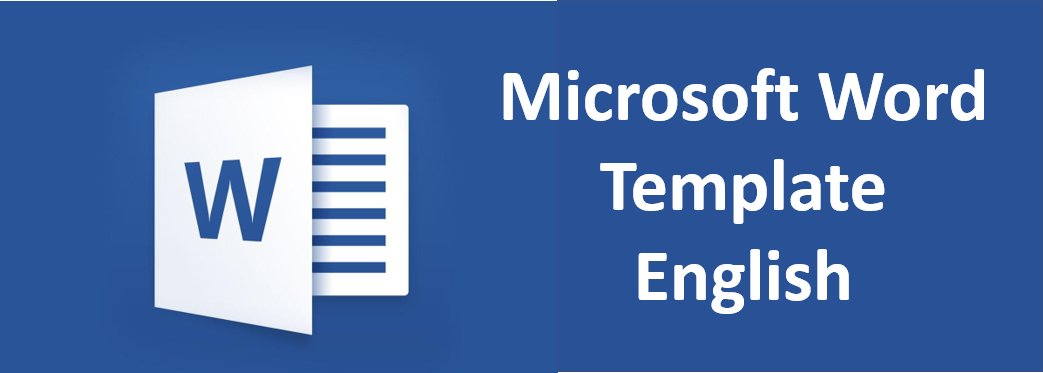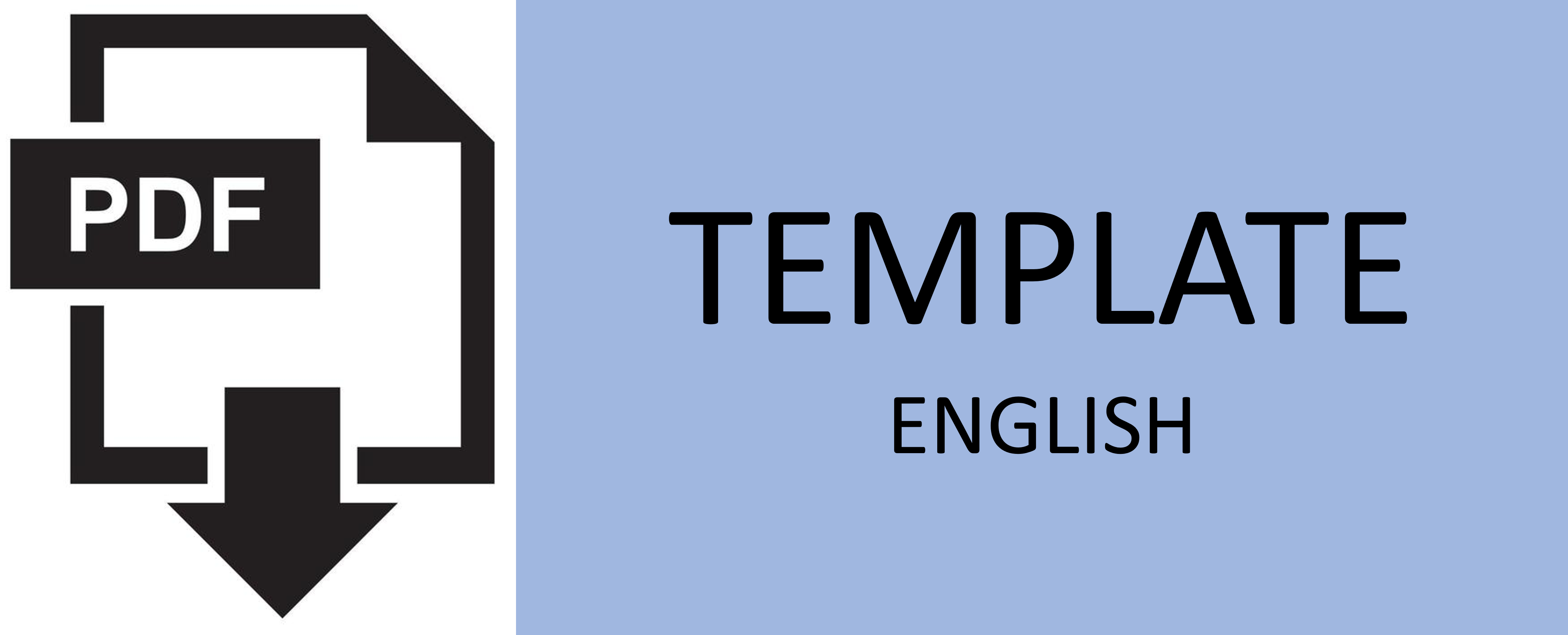Sensitivity Analysis of Calibration in the Water Evaluation And Planning (WEAP) Model for Water Resource Management in Keyang, Slahung, Sungkur Watershed
Abstract
Water availability becomes an important issue as the population increases due to limited water resources not proportional to the increasing demand. The Keyang, Slahung, and Sungkur sub-watersheds in Ponorogo Regency, East Java, face drought during the dry season and flooding during the wet season. This research aims to analyse water availability by considering irrigation needs and cropping patterns, and provide recommendations for the allocation of water supply from surface water for efficient use in the next 30 years. Water Evaluation And Planning (WEAP) application was used for the analysis, with trial and error method to adjust the parameter values. The optimum parameter values obtained were Z1 = 0, Z2 = 0, DWC = 1000, DC = 100, RRF = 2, RZC = 300, SWC = 1000, and PFD = 0.05. Based on these optimum parameters, the model interpretation of NSE is 0.825 (good category), RMSE 11.923 (good enough category), PBIAS 40.152 (good enough category), R2 (medium influence category), and MAPE 0.873 (very accurate category). This model shows that the simulation results reflect the actual existing conditions.
Keywords
Full Text:
PDFReferences
U. Andawayanti, Pengelolaan Daerah Aliran Sungai (DAS) Terintegrasi. Malang: UB Press, 2019. Diakses: 3 November 2022.
A. I. Dhaqane, M. F. Murshed, K. A. Mourad, dan T. Sabariah, “Assessment of the Streamflow and Evapotranspiration at Wabiga Juba Basin Using a Water Evaluation and Planning (WEAP) Model,” Water (Switzerland), vol. 15, no. 14, 2023.
I. Taufik, M. J. Purwanto, B. Pramudya, dan S. K. Saptomo, “Water infrastructure Development Using Water Infrastructure And Planning Model,” IOP Conf. Ser. Earth Environ. Sci., vol. 399, no. 1, 2019.
I. G. A. P. Eryani, M. W. Jayantari, dan I. K. M. Wijaya, “Sensitivity Analysis in Parameter Calibration of the WEAP Model for Integrated Water Resources Management in Unda Watershed,” Civ. Eng. Archit., vol. 10, no. 2, hal. 455–469, 2022.
E. B. Setiawan, Indarto, dan S. Wahyuningsih, “Analisis Neraca Air Pertanian Di SubDAS Rawatamtu,” Progr. Stud. Pengelolaan Sumberd. Air Pertan. Univ. Jember, hal. 175–194, 2020.
A. O. Opere, R. Waswa, dan F. M. Mutua, “Assessing the Impacts of Climate Change on Surface Water Resources Using WEAP Model in Narok County, Kenya,” Front. Water, vol. 3, no. January, hal. 1–13, 2022.
D. A. Abdi dan T. Ayenew, “Evaluation of the WEAP model in simulating subbasin hydrology in the Central Rift Valley basin , Ethiopia,” Ecol. Process., vol. 5, 2021.
Setiyawan, V. W. Andiese, dan L. A. Anzar, “Analisis Ketersediaan Air Dengan Metode F.J Mock Pada Daerah Persawahan Desa Poboya Palu Sulawesi Tengah,” Infrastruktur, vol. 7, no. 1, hal. 18–26, 2017.
L. P. Astani, I. Supraba, dan R. Jayadi, “Analisis Kebutuhan Air Bersih Domestik dan Non Domestik di Kabupaten Kulon Progo, Daerah Istimewa Yogyakarta,” J. Teknol. Sipil, vol. 5, no. 2, hal. 34–41, 2021.
P. Dewi, W. Yunarni, dan G. Halik, “Optimasi Air Irigasi Pada Sub Pesanggaran Kabupaten Banyuwangi Menggunakan Weap (Water Evaluation and Planning),” J. Tek. Sipil, vol. 15, no. 2, hal. 69–73, 2020.
K. W. Widyaningsih, D. Harisuseno, dan W. Soetopo, “Perbandingan Metode FJ. Mock dan NRECA untuk Transformasi Hujan Menjadi Debit pada DAS Metro Kabupaten Malang, Jawa Timur,” J. Teknol. dan Rekayasa Sumber Daya Air, vol. 1, no. 1, hal. 52–61, 2021.
DOI: http://dx.doi.org/10.12962%2Fj20861206.v40i2.22653
Refbacks
- There are currently no refbacks.

Journal of Civil Engineering is licensed under a Creative Commons Attribution-ShareAlike 4.0 International License.







.jpg)